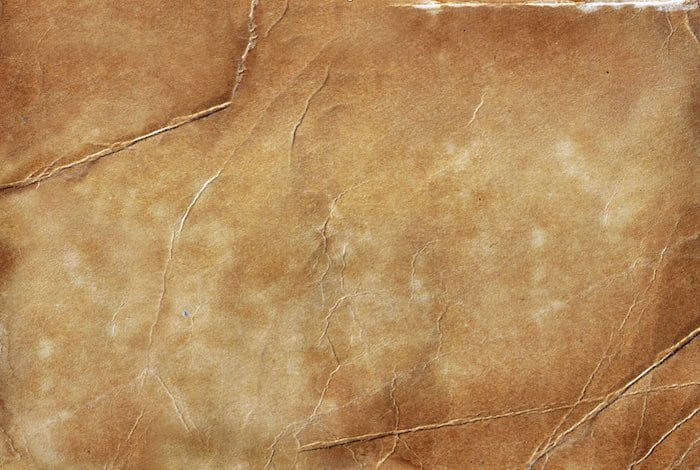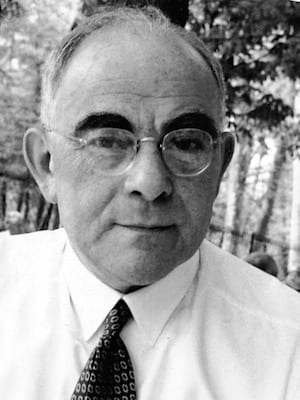Manes Kartagener
Manes Kartagener (1897 – 1975) was an Austrian-Swiss physician.
He was the first to report the triad of situs inversus, chronic sinusitis and bronchiectasis in 1933, which is now eponymous with his name – Kartagener syndrome. The triad only represents half the cases of what is now known as primary ciliary dyskinesia (immotile cilia syndrome).
Kartagener’s name is also eponymously associated with Kartagener disease (1942) – a chronic form of eosinophilic pulmonary infiltration. The transient form is known as Löffler syndrome, named after Wilhelm Löffler with whom Kartagener worked with in Zürich.
Kartagener published numerous scientific articles, with an emphasis on the pathophysiology of bronchiectasis. He believed there was a congenital cause of bronchiectasis.
Biography
- Born January 7, 1897, Przemyśl (part of Austria since 1772. Returned to Poland following WW1)
- 1915 – Graduated from a science orientated gymnasium (grammar school) in Lviv (now Ukraine)
- 1916 – Emigrated to Switzerland
- 1921 – Commenced medical studies at the University of Zürich
- 1924 – M.D. degree, University of Zürich
- 1928 – Ph.D., University of Zürich. Thesis: “Ueber einen Fall von Kankroid der Schilddrüse mit peritheliomartigen Bildern” (About a case of cancroid of the thyroid with peritheliomatous features)”. Obtained citizenship in Zürich
- Postgraduate experience: Resident at the Institute of Pathologic Anatomy in Zurich, Children’s Hospital, and Institute of Dermatology, then to Basel at the University Institute of Physiological Chemistry
- 1928-38 – Trained then worked in internal medicine under Dr Wilhelm Loffler
- 1938 – Moved to private practice in internal medicine, Zürich
- WWII – Directed the medical section of the Swiss Army
- 1950 – Professor title achieved, University of Zürich
- Died August 5, 1975, Zürich, Switzerland
Medical Eponyms
Kartagener syndrome (1933)
Situs inversus with chronic sinusitis and bronchiectasis
Kartagener disease (1942)
Chronic form of eosinophilic pulmonary infiltration (transient form – Löffler syndrome)
Key Medical Attributions
Published over 330 cases with the triad of situs inversus, chronic sinusitis and bronchiectasis. He argued that bronchiectasis was due to a congenital cause as it was associated with situs inversus. The other theory at the time postulated an acquired inflammatory cause. Kartagener did not understand the cause of the triad he observed, but reported the autosomal recessive inheritance accurately and postulated that the cause was due to an abnormality of the secretory activity of the mucous membranes.
Controversies
Dr Kartagener did not observe male infertility as part of the triad, and did not report immotile cilia as the cause. Dr Bjorn Afzelius in 1975 wrote to Kartagener regarding whether any of the males observed with the triad had reproduced, and also if immotile cilia was observed. Kartagener did not respond, and it is unsure if he ever saw the letters.
Major Publications
- Kartagener M. Zur Pathogenese der Bronchiektasien. I. Mitteilung: Bronchiektasien bei Situs viscerum inversus. Beiträge zur Klinik der Tuberkulose. 1933;83(4):489–501 [Kartagener syndrome]
- Kartagener M. Das chronische Lungeninfiltrat mit Bluteosinophilie. Schweizerische medizinische Wochenschrift, Basel. 1942;72: 862-864. [Kartagener disease]
- Kartagener M, Gruber M. Bronchiektasien und Dilatationen anderer glandulärer und kavitärer Organe. Pathologie und Bakteriologie 1947;10:36–50
References
- Berdon WE, Willi U. Situs inversus, bronchiectasis, and sinusitis and its relation to immotile cilia: history of the diseases and their discoverers-Manes Kartagener and Bjorn Afzelius. Pediatr Radiol. 2004 Jan;34(1):38-42. [PMID: 14551758].
- Winström L. [The man behind the syndrome: Manes Kartagener. The pulmonologist who named the triade of situs inversus–bronchiectases–chronic sinusitis]. Lakartidningen. 1987 Sep 2;84(36):2784-5. Swedish. [PMID: 3312876]
- Lattanzio R. (2016) Kartagener, Manes (1897–1975). In: van Krieken J. (eds) Encyclopedia of Pathology. Encyclopedia of Pathology. Springer, Cham

eponym
the person behind the name
Doctor in Australia. Keen interest in internal medicine, medical education, and medical history.

